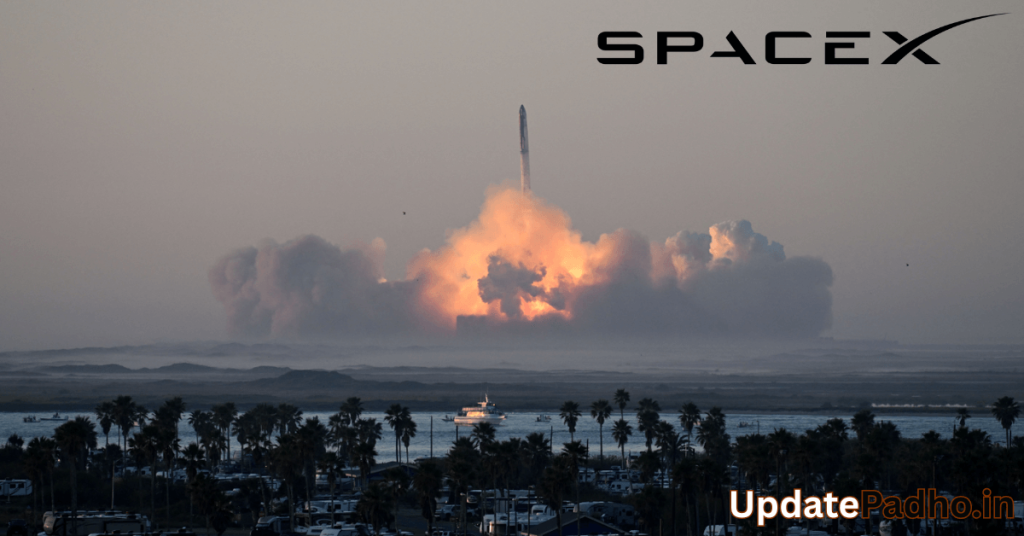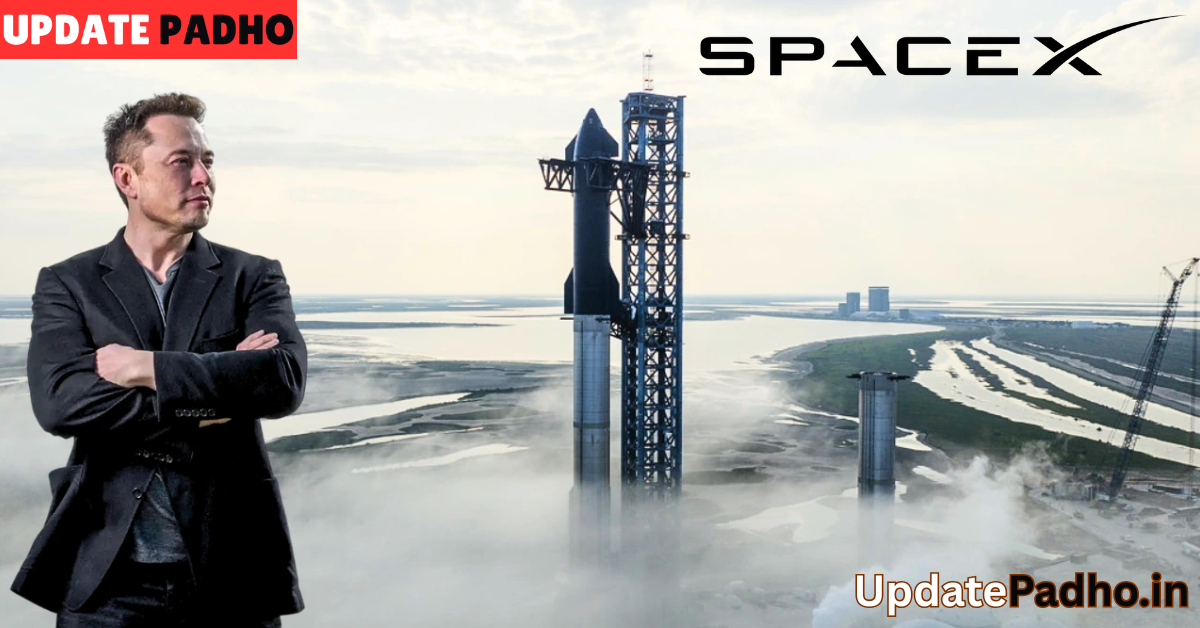Since founding SpaceX in 2002, Elon Musk has redefined spaceflight by insisting rockets must be reusable—much like airplanes—to reduce costs dramatically. His vision turned conventional wisdom on its head and reshaped the aerospace industry forever.
1. The Falcon 9 Breakthrough
SpaceX’s journey into reusability began with the Falcon 9 and its first-stage booster landings. The breakthrough came in 2017 when a used booster was successfully reflown and landed again—proving reusability possible. Since then, Falcon 9 boosters have flown repeatedly; in February 2025, one booster completed its 26th flight, setting a record.
These achievements translate to major cost savings. Reusing a Falcon 9 first stage can cut launch costs by up to 30%—amounting to tens of millions saved per flight . Faster refurbishment cycles—sometimes under two weeks—have enabled SpaceX to conduct more frequent missions, fueling rapid Starlink satellite deployments .
2. Engineering Innovation Underpinning Reuse
SpaceX’s reusability strategy leans on deep vertical integration: designing and building everything in‑house—engines, avionics, electronics—to slash costs and ensure reliability . Its “Octaweb” engine cluster architecture, lightweight heat-resistant materials, and robust landing legs all help ensure boosters survive the harsh re-entry process.
Falcon 9 Block 5, introduced in 2018, incorporated numerous recoverability upgrades. Each Block 5 booster is engineered for at least 10 flights with minimal maintenance and as many as 100 flights with deeper refurbishments.
Beyond boosters, SpaceX recovers payload fairings using drone ships with nets, reducing waste and cost once considered impractical.
3. Economics & Environmental Upside
Reducing rocket construction costs while boosting launch cadence means significantly lower cost per kilogram to orbit. Some estimates suggest savings of 21–40% per launch after considering full reuse ; others believe SpaceX can recover its billion-dollar reusability investment in just 3–5 years .

The environmental benefit is clear too. Reusing major components minimizes debris and reduces manufacturing emissions—a cleaner, more sustainable model for spaceflight .
4. Next Frontier: Starship & Super Heavy
While Falcon 9 marked the beginning, Elon’s next leap is Starship—a fully reusable, heavy-lift system that promises interplanetary travel. Standing nearly 400 feet tall, both its Starship upper stage and Super Heavy booster are crafted from stainless steel and powered by Raptor engines.
Starship represents full reusability—boosters are caught using “Mechazilla” tower arms, and the upper stage is engineered for controlled landing and reuse. Musk projects that Starship could be fully reusable by 2026, slashing costs to levels where point-to-point travel and Mars colonization become economically plausible.
5. Progress & Setbacks
Starship tests have shown impressive progress alongside persistent challenges:
- October 2024: First capture of a Super Heavy booster via Mechazilla tower a historic engineering feat.
- Flight 7 (Jan 16, 2025): Booster caught again, but upper stage suffered telemetry loss and exploded over Turks & Caicos.
- Flight 9 (May 27, 2025): First reuse of a flight-proven booster; sustained stage separation and engine cutoff. However, booster exploded during splashdown and spacecraft tumbled and disintegrated on re-entry after fuel leaks.
- June 18 static-fire test: Latest Starship Ship 36 exploded on pad due to pressurization issues.
These failures may look dramatic—but SpaceX adopts a “fail fast” philosophy: each test yields data, and Musk remains unapologetically optimistic. His roadmap aims for a Mars launch window in late 2026, with Artemis moon missions in 2027 and crewed Mars expeditions by ~2029.
6. Overarching Vision & Industry Impact
Reusable rockets are the cornerstone of Musk’s dream to make humanity interplanetary. Lowering launch costs accelerates satellite deployment (especially for Starlink), boosts access for scientific researchers and governments, and facilitates large-scale missions to the Moon and Mars.
SpaceX has shifted industry norms—forcing competitors like Blue Origin, ULA, and Arianespace to accelerate their own reuse programs. Regulatory bodies like the FAA are adapting to support high-frequency testing.
7. What Lies Ahead?
- Starship tests: Early 2025 saw back-to-back setbacks, but Musk expects launch cadence to increase dramatically—with flights every few weeks .
- Full reusability milestone: Musk hopes to achieve upper-stage reuse in 2025 and rapid booster turnaround by 2026 . Success could reduce cost per kilogram by as much as 50–80× versus expendable launches.
- Macro-scale impact: Affordable mass launch capacity could enable lunar bases, Martian colonies, point-to-point Earth travel, on-orbit servicing, and even asteroid mining.
🚀 Conclusion
Elon Musk’s reusable rocket program has already revolutionized spaceflight—from Falcon 9’s record-breaking reflights to the audacious ambition of Starship. Despite explosive setbacks, SpaceX’s iterative “fail fast, learn faster” approach is forging a future where launch costs are drastically lower, accessibility is higher, and interplanetary travel is no longer science fiction.



